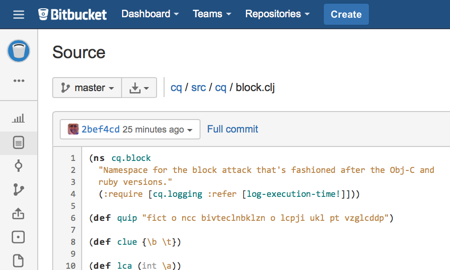Postgres 9.3 and Mac OS X 10.10 Yosemite Upgrade
Thursday, December 18th, 2014
This morning I was looking into yet another Adium problem with MSN Live, and I opened up the Console.app and noticed a lot of messages like this:
12/18/14 4:08:22.886 AM com.apple.xpc.launchd[1]:
(homebrew.mxcl.postgresql[52026]) Service exited with abnormal code: 1
and when I tried to check if Postgres was running:
$ psql -l psql: could not connect to server: No such file or directory Is the server running locally and accepting connections on Unix domain socket "/tmp/.s.PGSQL.5432"?
so it was clear that something was wrong with postgres on my laptop.
To be fair, I haven't really messed with this since going to Yosemite, so I hit DuckDuckGo and it reported this post on StackOverflow, which says that in the Yosemite upgrade, several empty directories were deleted, and all I needed to do was to re-create them and restart postgres.
So I:
$ launchctl unload ~/Library/LaunchAgents/homebrew.mxcl.postgresql.plist $ cd /usr/local/var/postgres $ mkdir pg_tblspc $ mkdir pg_twophase $ mkdir pg_stat_tmp $ chmod 700 pg_tblspc pg_twophase pg_stat_tmp $ launchctl load ~/Library/LaunchAgents/homebrew.mxcl.postgresql.plist
and then I could see all the databases on the laptop, and the Console.app showed that things were running just fine.
While I understand that postgres is inefficient as it's running all the time, I still love this database, and it's worth the cycles to have it on my development laptop because it scales to the server room so bloody well.
Problem solved. Whew!







